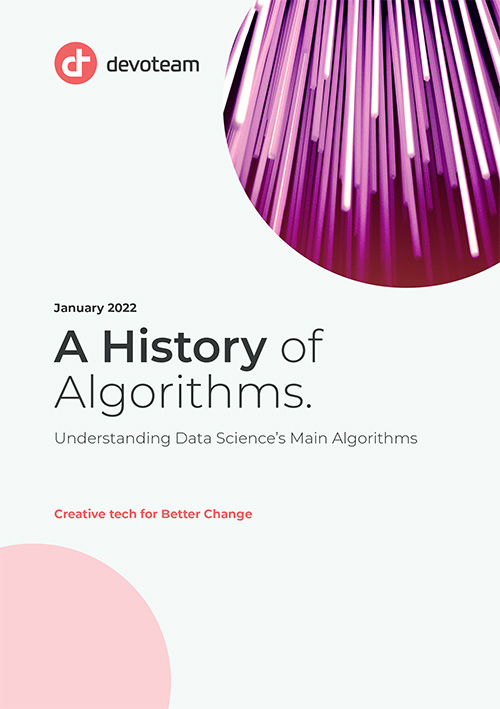Another way of looking at algorithms…
Discovering or reviewing the fundamental algorithms of data science… These are essential tools for 21st-century businesses, and a key skill for data professionals.
Algorithms are essential tools for solving data-related problems. In particular, they make it possible to process data and analyse it. These formulae have been created since the birth of computing, and are an integral part of the modern business world. Their use is experiencing a boom. This has been made possible by the expansion of computing capacities and the amount of data available, which has exploded. In the past two years, more data has been produced and collected than in the previous century.
Algorithms are increasingly being integrated into data analysis tools which are currently on the market. In fact, they are becoming more and more accessible, and it seems that they can be used, to a certain extent, without being an expert in the field. In this context, the data scientist in particular is essential for taking the analysis further and dealing with the complexity.
As data professionals, our specialities are diversifying and are increasingly in demand. Data scientists, data analysts, visualisation engineers, data product owners, data engineers, architects, etc., have one main objective: to support businesses in understanding their environment and realising their ambitions. Indeed, data and knowing how to handle it are considerable assets in the race for competitiveness, which has been amplified by the digital boom.
Algorithmics is a major subject that calls for key skills and expertise, above all to address the current needs of the business world. It potentially relates to all sectors, and levels of maturity in relation to the subject vary greatly from one organisation to another.
This booklet is a tool intended to help you discover or review the most commonly-used algorithms and their underlying mathematical processes. It is also an opportunity to see them in a different light, to move away from the actual codes a little and to look at simple use cases, as well as reading the opinions of the experts who have made this booklet possible. We hope that it will be useful to you in your daily use of algorithms.
